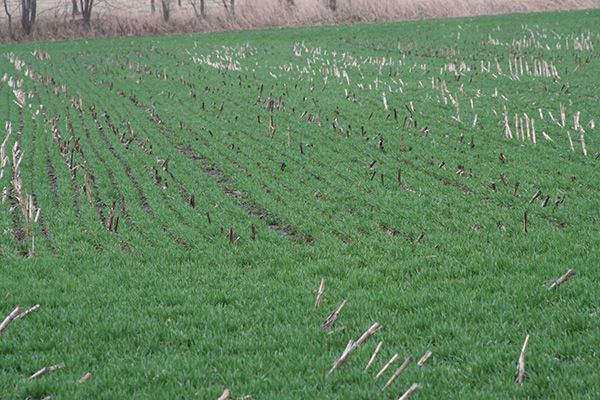Plan to maximize winter cereal forage yield |
| By Hay and Forage Grower |
|
|
 Kilcer suggests the following three important management components for high-yielding winter triticale:
1. Obtain quality seed – This insures purity and quality of product. Often “bin-run” or saved seed is contaminated and has a lower germination percentage. Plant 100 pounds of seed per acre.
2. Plant early – Based on his research and experience, Kilcer suggests a winter triticale planting date of 10 days to two weeks before the recommended winter wheat planting date. This allows plants time to produce the maximum number of tillers, which increases yield potential. Later planting dates are possible, but realize there will be a yield penalty. Early planting also allows for adequate development of root and top growth. A strong root system is important to reduce winter heaving injury. Fertilize early-planted triticale with 40 to 60 pounds per acre of nitrogen unless fields have received a fall manure application.
3. Plant 1.25 inches deep – Planting at this depth again helps to prevent against early spring heaving. This is especially important with later plantings with smaller plants. You can read more about Kilcer’s winter triticale research at his Advanced Ag Systems website. |
